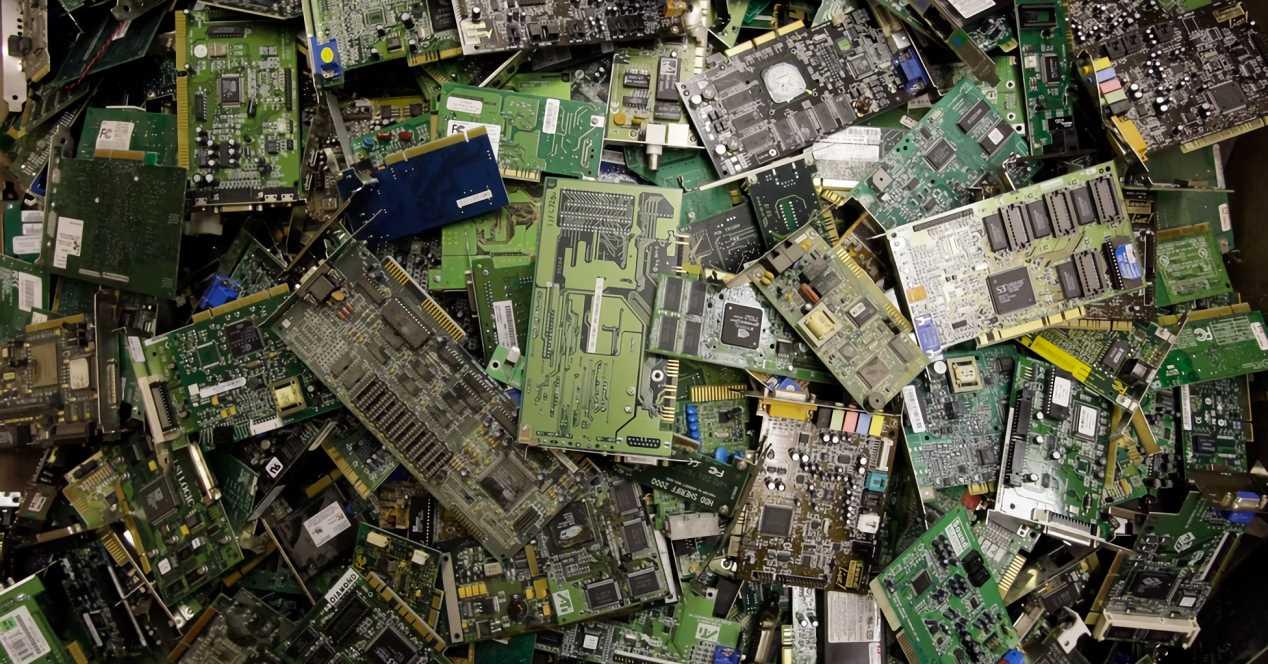One of the biggest problems with hardware, whether peripherals or components, is the amount of hardware that ends up being thrown away. Ideally, it should be recyclable or biodegradable. The first can already be done through complex processes. Well, they managed to invent the paper map and for some applications it can become a revolution.
The manufacturing and design of highly complex hardware is in the hands of a number of companies that can be counted on the fingers of one hand. However, there is a world apart of people creating their own systems for use on a small scale with very low power and consumption systems. In this world one of the biggest problems existing is creating the PCBs where the chips are placed and this can be a tedious process if done at home or long days of waiting if ordered from a third.
What is the use of paper PCBs?
PCBs are usually a mixture of resin and other materials, which have a complex design and creation process, especially for those who create their own devices for specific solutions. This is why being able to easily print the card to which the chips will be connected from a simple printer is a process that makes the task easier. However, in this case, we are not talking about removing the paper PCB from your house, rather the process is more involved.
- The PCB pattern you want to make is printed on wax paper.
- It is heated to 130°C for two minutes.
- In the part where the wiring is printed, an electrically conductive ink is used.
- Heat to 60°C for 10 min.
- With a laser, the design is just polished.
The trick is not precisely in the paper, but in the ink used to create the pathways by which the various elements mounted on the plate communicate. However, as you may have deduced, they cannot be used on all types of hardware devices, for more than obvious reasons.
What applications does it have?
To start, Forget seeing a paper circuit board on things like your computer’s motherboard or graphics card. Its usefulness is designed for very low power chips. Like those used in IoT-type devices, wireless sensors, and anything that requires very little power to operate, like systems used to monitor patient health in a hospital, track goods in transit. The fact of using a non-rigid material gives them great versatility, but also the problem of having to protect them against extreme humidity.
The good part is that using it can reduce a lot of disposable electronics. Especially in hobby projects where chip consumption is extremely low. Moreover, it can generate a new industry. What do you think of this invention?










